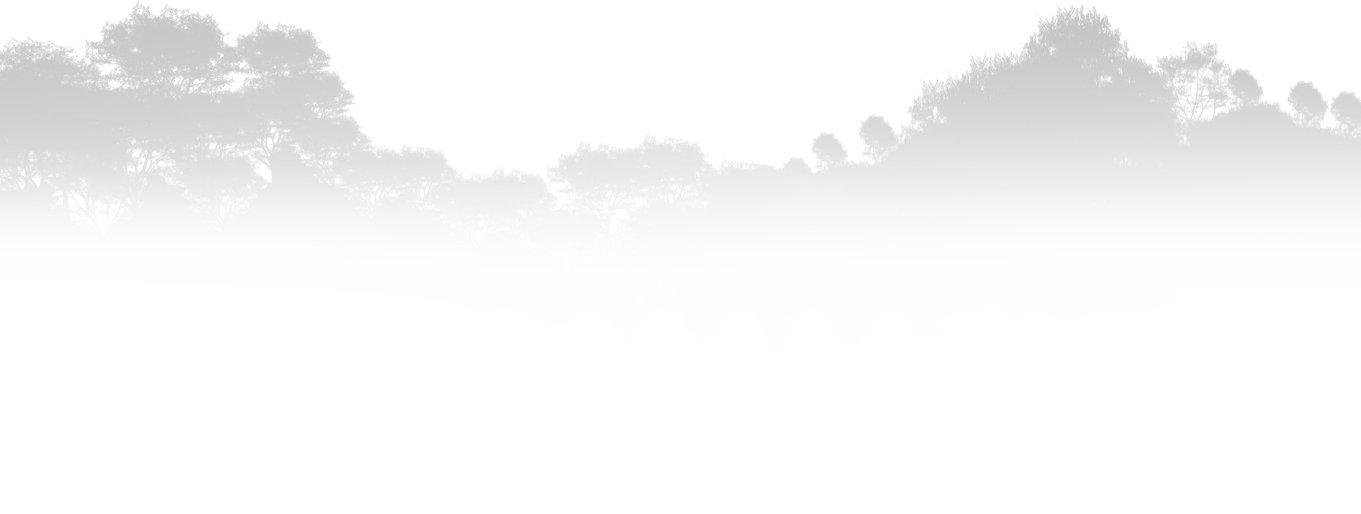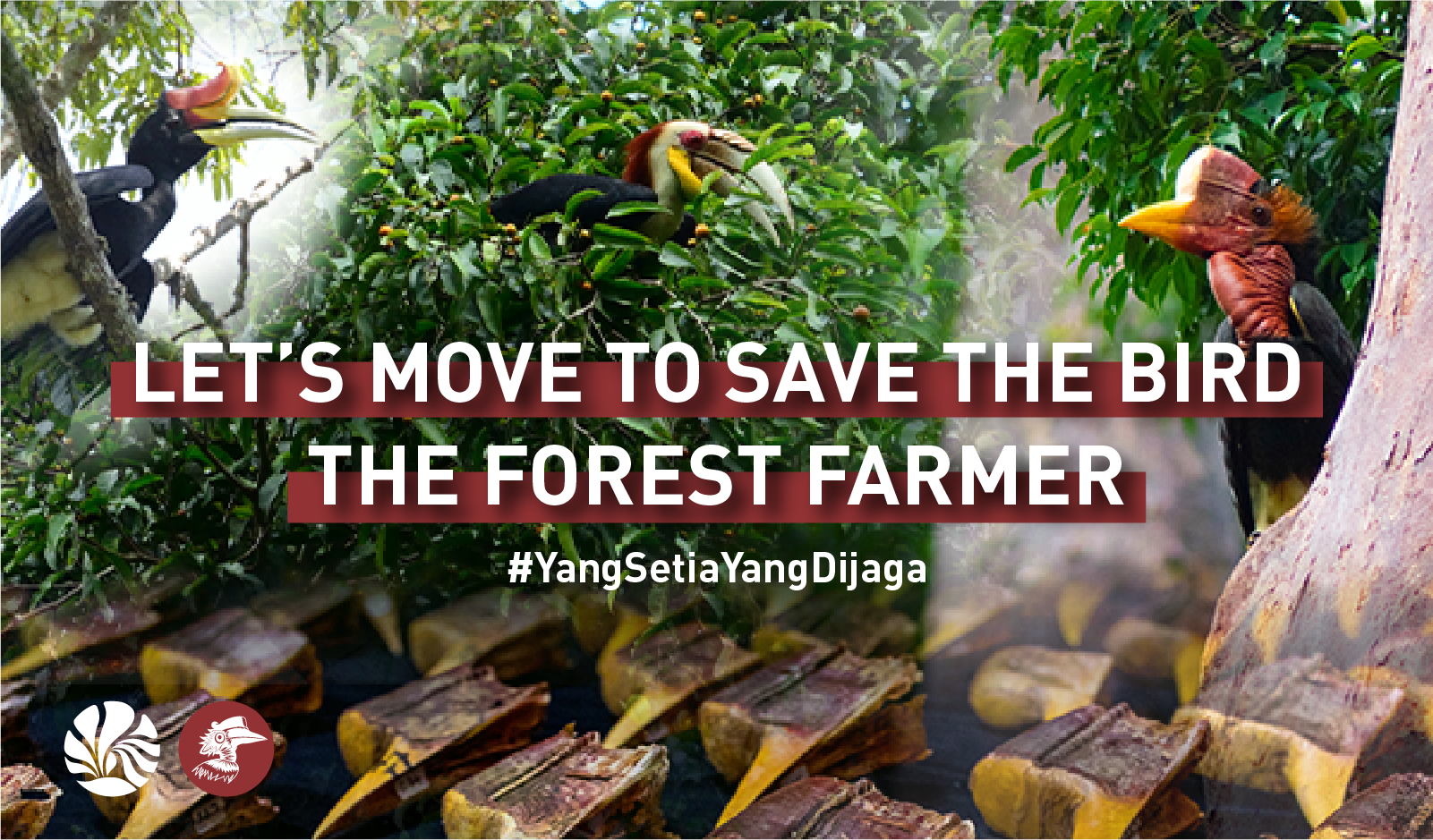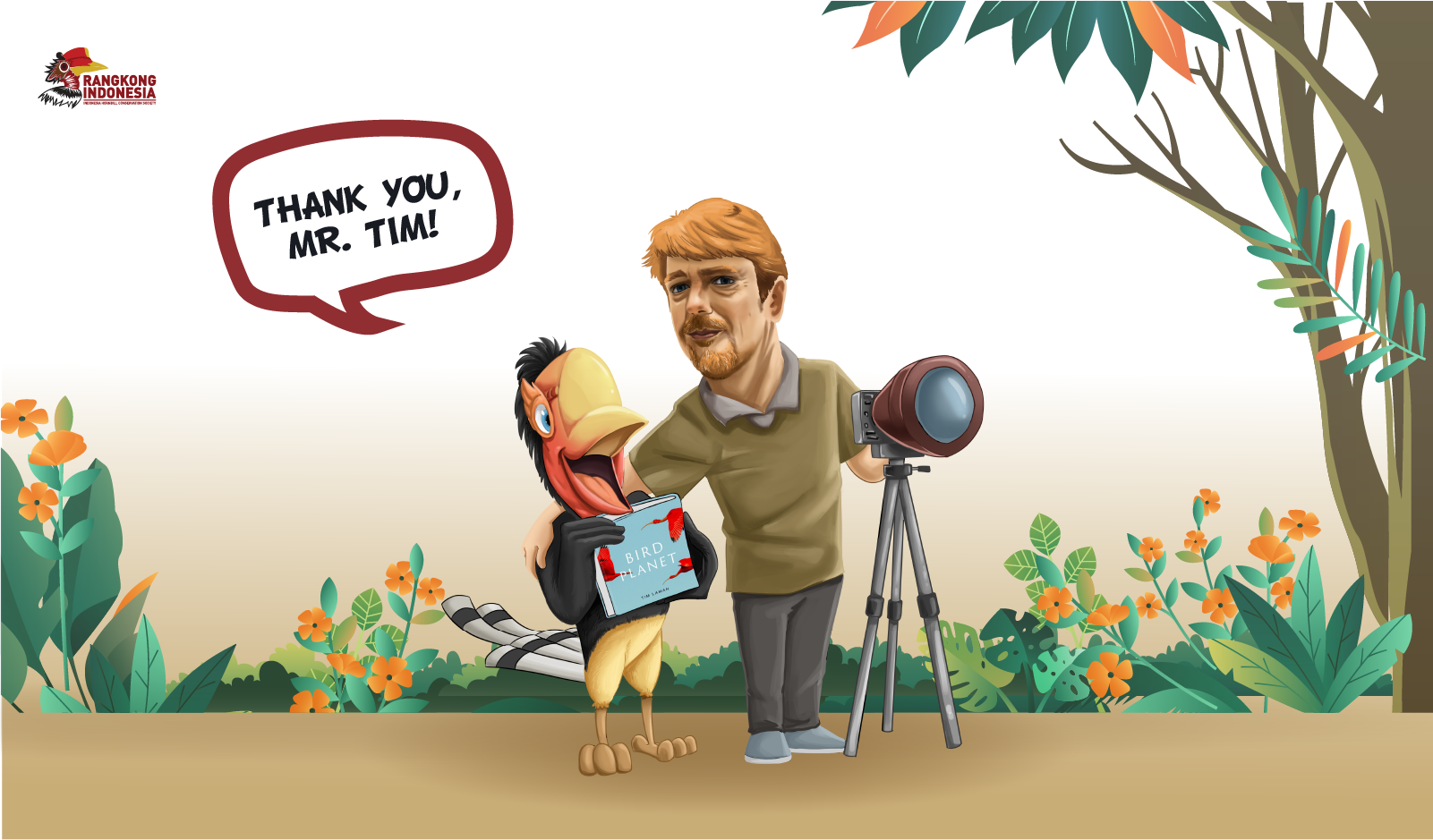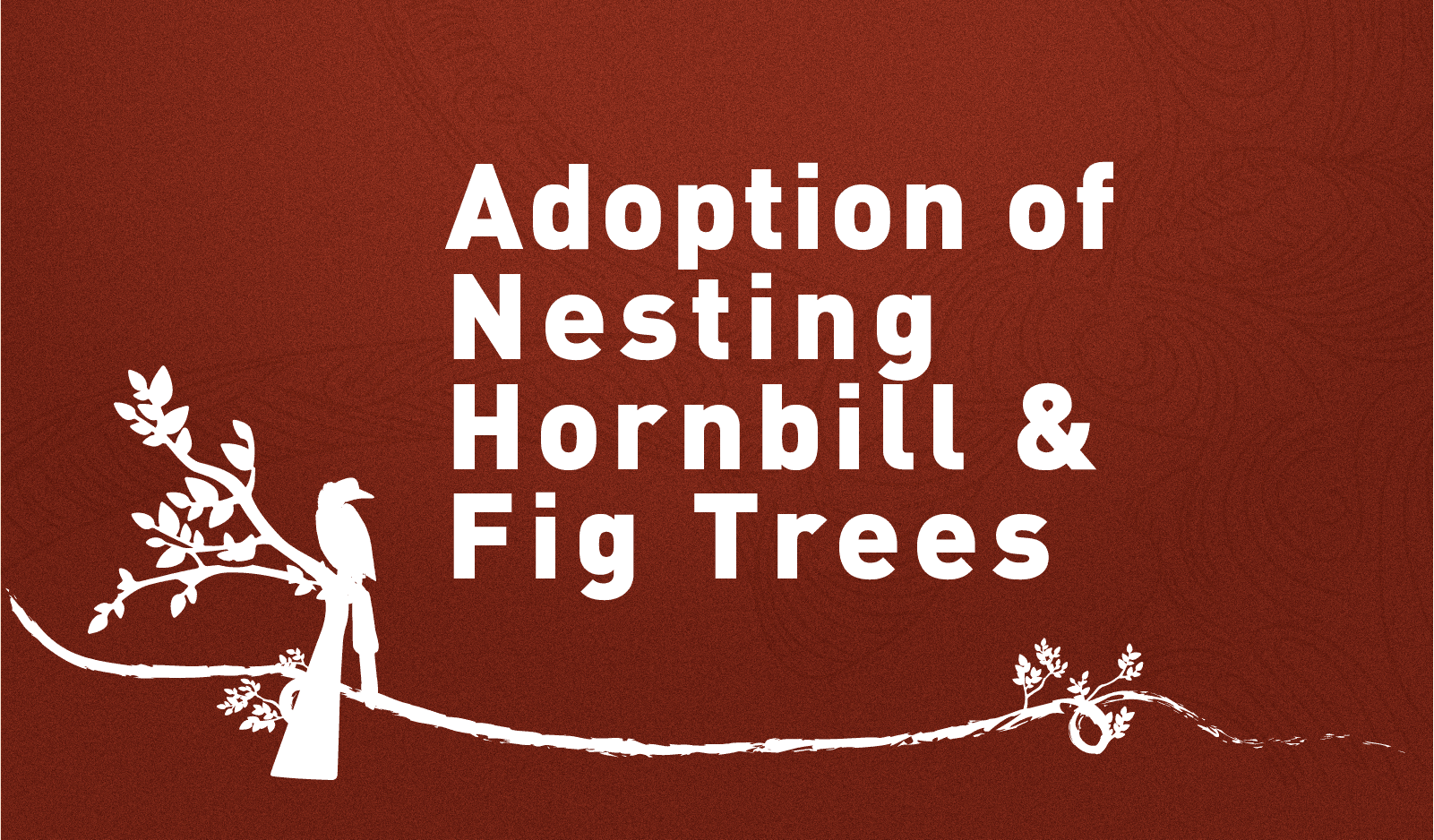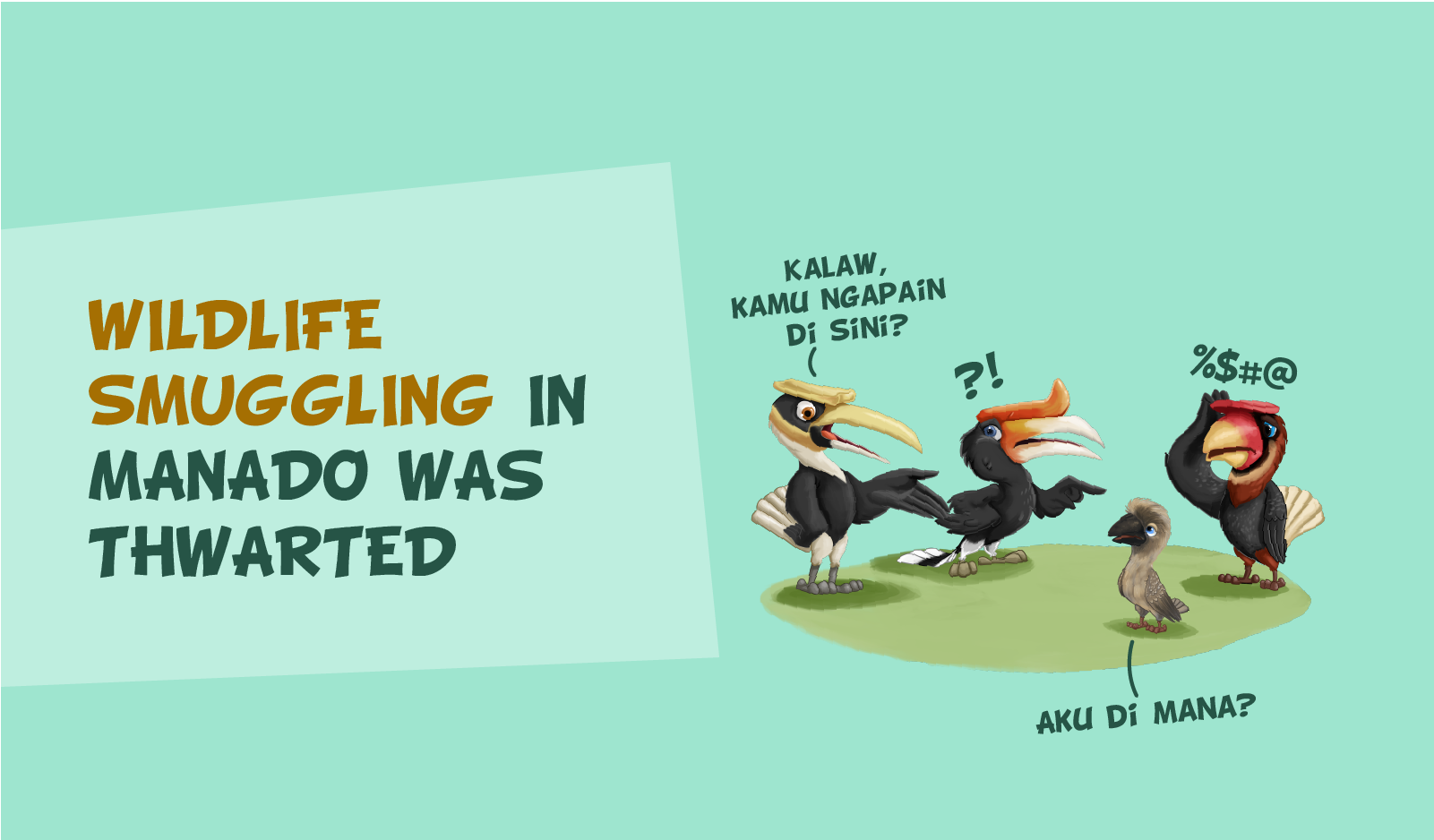The long-beaked bird flew around a vast forest spreading various seeds of trees. In a day, the number of seeds he stocked is very large. The seeds fell to the ground. It was splashed with rain and eventually grew new trees. The new trees grew as the trees grew towering as time went on. Keeping the forest lush amid the various threats that come their way. He's the hornbill. The true forest farmer who scatters seeds every day throughout the forest. Its role is urgently needed to keep the landscape sustainable.
But now its existence is even more worrying. The forest farmer is not as free as before. The trees in which it nests, many of which are cut down due to land conversion. It is sad because even hornbills that have nested, often fail due to the felling of the trees where they nest. Even with the availability of feed that continues to decrease. Coupled with the threat of hunting continues to lurk. The illegal wildlife trade is still rife. Hornbills are often targeted for trade.
Therefore, now the population has decreased drastically in a very fast time. In 2011, his status was still almost threatened. But in 2015, it turned critical. The government itself has determined that all types of hornbills in Indonesia are included in the list of protected animals. The IUCN even called the Helmeted hornbill (Rhinoplax vigil) Critically Endangered (CR) status, only one more stage to extinction. Its status increased sharply in just over three years, from its original Near Threatened (NT) status. Efforts to protect protected animals continue, but the threat remains.
This of course cannot be left alone. To save the hornbill, is to save the forest anyway. Keeping the air clean. And to do just that, it needs the role of all parties. Join hands to keep the hornbill flying in the wild forest landscapes, scattering the seeds of life.
This program was built with the local community to participate in preserving hornbills by encouraging positive relationships between the community and the presence of hornbills. This program is part of the development of community-based hornbill observation ecotourism which began in 2017.
Indonesian hornbills invite to participate in the Adoption of Nesting Hornbill and Feed Trees program. These two programs aim to treat 13 types of hornbills in Indonesia, especially those in Kapuas Hulu Regency, West Kalimantan. Through this program, anyone can play a role in caring for hornbills to remain sustainable in the wild.
This program is carried out by involving the local community. They will be the frontline in guarding the trees on which the hornbill nests. So that the female hornbill can be more free to keep its chicks and be free from various threats. Local communities will also continue to monitor the development of hornbill saplings so that they are ready to come out of the nest. Flying freely scattering grains performs his role as the forest farmer.
Since 2017, Rangkong Indonesia has been trying to document data while also trying to preserve hornbills in their natural habitat, especially in Kapuas Hulu Regency. There are three locations that are the focus of hornbill monitoring in the District. Through the #yangSetiaYangDijaga campaign, this program seeks to invite local communities, monitoring activities are carried out in a structured and systematic manner.
There are several hornbill adoption packages that can be picked up by anyone who cares about the preservation of this charismatic bird. It can be through individuals, or groups. Anyone who adopts a hornbill, will get a certificate, a nameplate on the feed tree and up-to-date information and documentation regarding nesting hornbills on a regular basis.
For the Helmeted hornbill adoption program (Rhinoplax vigil), the cost is Rp.6 million. As for the adoption of large-bodied hornbills such as Rhinoceros hornbills (Buceros rhinoceros), White-crowned hornbills (Berenicornis comatus), Wreathed Hornbill (Rhyticeros undulatus), Wringkled hornbill (Rhabdotorrhinus corrugatus) costs Rp.2 million. As for the adoption of small-bodied hornbills such as Black hornbill (Anthracoceros malayanus), Oriental-pied hornbill (Albirostis anthracoceros) and Bushy-crested hornbill (Anorrhinus gelaritus) the adoption fee is also Rp.2 million. Meanwhile, the adoption of feed trees amounted to Rp. 500 thousand.
To take part in this program, it is carried out in one cycle of breeding its hornbill itself. Between two to three months for small-bodied hornbills. Three to four months for a large-bodied hornbill. While specifically for ivory hornbills, for six months.
All funds raised in the two programs will be used to support various activities in an effort to preserve the forest farmer in the wild. Starting from searching, data collection, monitoring to guarding hornbills.
In the end, efforts to care for the forest farmer require the role and collaboration of all parties. Maintaining its sustainability, while also keeping the forest sustainable. Let's together take care of the forest farmer still flying spreading the seeds of life.
